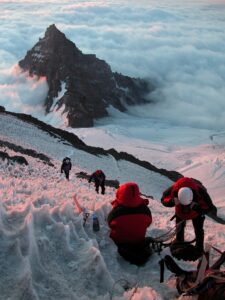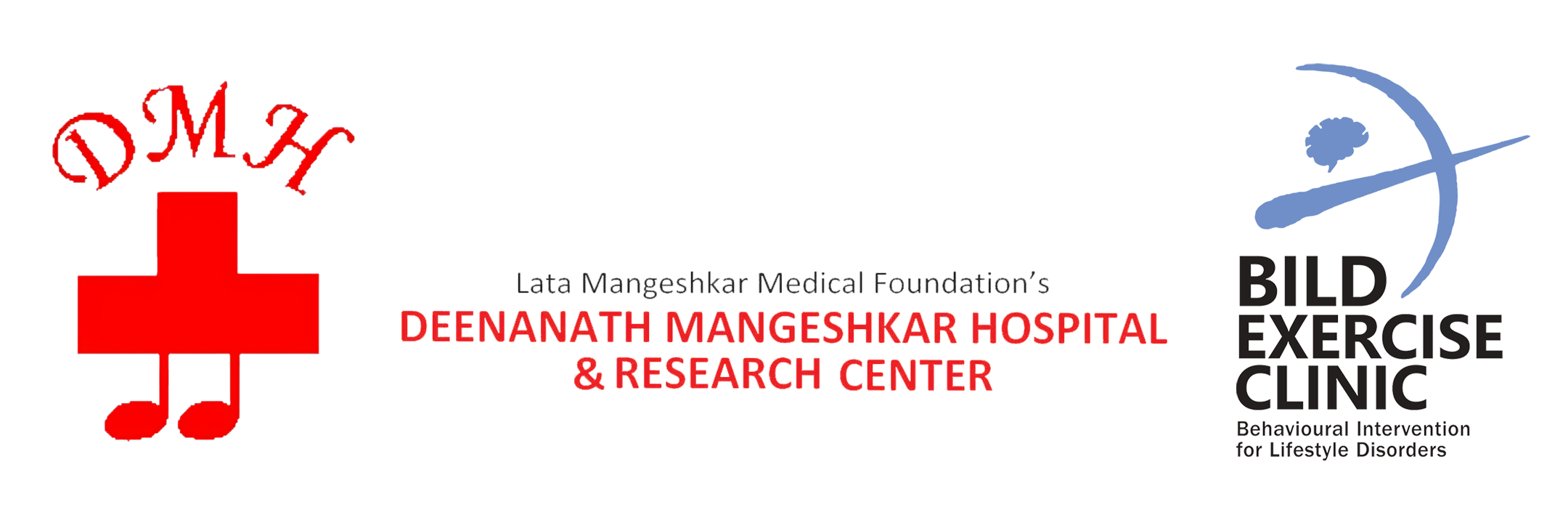About High-Altitude Illness
What is the main challenge of a high-altitude environment?
The main physiological challenge in high-altitude environments is hypoxia. When a
person living in a low-altitude environment migrates to a high altitude, the person
faces the threat of hypoxia.

What happens if a person doesn’t acclimatize at high altitude?
Failure to acclimatize results in three common but preventable illnesses known
collectively as high-altitude illnesses. These are:
● Acute mountain sickness (AMS)
● High-altitude cerebral edema (HACE)
● High-altitude pulmonary edema (HAPE).
What is the aetiology of acute mountain sickness?
● Decreased partial arterial pressure of oxygen (Pa02). PaO2 falls further due
to hypoventilation in sleep leading to tissue hypoxia. Lowered bariatric
pressure which is directly proportional to high altitude, is a major factor
responsible for acclimatization and development of acute mountain sickness.
● Cold temperature, high wind velocities, and a resultant drop in the humidity of
the air.
● All these lead to dehydration due to increased insensible loss of water from the
body.
● Increased ionizing and non-ionizing radiations.
What are the symptoms of mild acute mountain sickness?
● Headache with nausea.
● Dizziness and fatigue during first 12 hrs after ascent to high altitude. (>3000M).
What are the important points for the management of mild acute mountain
sickness?
● Descend 500 m or more.
● Rest and acclimatize.
What are the important points to be considered for the prevention of mild
acute mountain sickness?
● Ascend at a slow rate.
● Spend a night at an intermediate altitude.
● Avoid overexertion.
● Avoid directly ascending to an altitude of more than 3000 M.
What are the symptoms of moderate acute mountain sickness?
● Moderate to severe headache with marked nausea.
● Dizziness.
● Lassitude.
● Insomnia.
● Fluid retention at high altitudes lasting for 12 hours or more.

(Credit: By Troymason – Flickr, CC BY 2.0)
What are the important points for the management of moderate acute
mountain sickness?
● Descend 500 m or more.
● If descent is not possible use a hyperbaric chamber or administer low-flow
oxygen (1-2 litre/min).
● If descent is not possible and oxygen is not available then administer
Acetazolamide (250 mg BD).
What are the important points to be considered for the prevention of
moderate acute mountain sickness?
● Ascend at a slow rate.
● Spend a night at an intermediate altitude.
● Avoid overexertion.
● Avoid directly ascending to an altitude of more than 3000 M.
How to reach BILD Exercise Clinic OPD at Deenanath Mangeshkar Hospital?
- Reach to Super Speciality Building (SS building/new building) lobby/main entrance or parking basement before time. Wheelchairs are available in the lobby and parking for needy patients. Click here for the Google map location of BILD Exercise Clinic.
- Parking is available based on availability. You can prefer public transport such as bus, auto-rickshaw, cab or taxi.
- If you are not registered as a patient and appearing for the first time as a patient at Deenanath Mangeshkar Hospital then try to come at least 20 minutes before the appointment time to complete the simple registration process at the ground floor reception of the super-specialty building.
- Get an OPD entry pass (for patients) and an attendant pass at the ground-floor reception.
- Choose appropriate lifts (life no.1,2,3 ) at the ground floor to reach BILD Exercise Clinic OPD on the 11th floor.
- Depending upon patient numbers some waiting period is expected. Comfortable sitting, clean drinking water, a book reading section, clean toilets, changing rooms, and a cafeteria (on the ground floor and seventh floor) are available at your service.
What is the main challenge of a high-altitude environment?
The main physiological challenge in high-altitude environments is hypoxia. When a
person living in a low-altitude environment migrates to a high altitude, the person
faces the threat of hypoxia.

What happens if a person doesn’t acclimatize at high altitude?
Failure to acclimatize results in three common but preventable illnesses known
collectively as high-altitude illnesses. These are:
● Acute mountain sickness (AMS)
● High-altitude cerebral edema (HACE)
● High-altitude pulmonary edema (HAPE).
What is the aetiology of acute mountain sickness?
● Decreased partial arterial pressure of oxygen (Pa02). PaO2 falls further due
to hypoventilation in sleep leading to tissue hypoxia. Lowered bariatric
pressure which is directly proportional to high altitude, is a major factor
responsible for acclimatization and development of acute mountain sickness.
● Cold temperature, high wind velocities, and a resultant drop in the humidity of
the air.
● All these lead to dehydration due to increased insensible loss of water from the
body.
● Increased ionizing and non-ionizing radiations.
What are the symptoms of mild acute mountain sickness?
● Headache with nausea.
● Dizziness and fatigue during first 12 hrs after ascent to high altitude. (>3000M).
What are the important points for the management of mild acute mountain
sickness?
● Descend 500 m or more.
● Rest and acclimatize.
What are the important points to be considered for the prevention of mild
acute mountain sickness?
● Ascend at a slow rate.
● Spend a night at an intermediate altitude.
● Avoid overexertion.
● Avoid directly ascending to an altitude of more than 3000 M.
What are the symptoms of moderate acute mountain sickness?
● Moderate to severe headache with marked nausea.
● Dizziness.
● Lassitude.
● Insomnia.
● Fluid retention at high altitudes lasting for 12 hours or more.

(Credit: By Troymason – Flickr, CC BY 2.0)
What are the important points for the management of moderate acute
mountain sickness?
● Descend 500 m or more.
● If descent is not possible use a hyperbaric chamber or administer low-flow
oxygen (1-2 litre/min).
● If descent is not possible and oxygen is not available then administer
Acetazolamide (250 mg BD).
What are the important points to be considered for the prevention of
moderate acute mountain sickness?
● Ascend at a slow rate.
● Spend a night at an intermediate altitude.
● Avoid overexertion.
● Avoid directly ascending to an altitude of more than 3000 M.
How to reach BILD Exercise Clinic OPD at Deenanath Mangeshkar Hospital?
- Reach to Super Speciality Building (SS building/new building) lobby/main entrance or parking basement before time. Wheelchairs are available in the lobby and parking for needy patients. Click here for the Google map location of BILD Exercise Clinic.
- Parking is available based on availability. You can prefer public transport such as bus, auto-rickshaw, cab or taxi.
- If you are not registered as a patient and appearing for the first time as a patient at Deenanath Mangeshkar Hospital then try to come at least 20 minutes before the appointment time to complete the simple registration process at the ground floor reception of the super-specialty building.
- Get an OPD entry pass (for patients) and an attendant pass at the ground-floor reception.
- Choose appropriate lifts (life no.1,2,3 ) at the ground floor to reach BILD Exercise Clinic OPD on the 11th floor.
- Depending upon patient numbers some waiting period is expected. Comfortable sitting, clean drinking water, a book reading section, clean toilets, changing rooms, and a cafeteria (on the ground floor and seventh floor) are available at your service.
Book your appointment. Send WhatsApp message, SMS or give a call at 8149387706. Landline number- 020-49154101 / 4122
